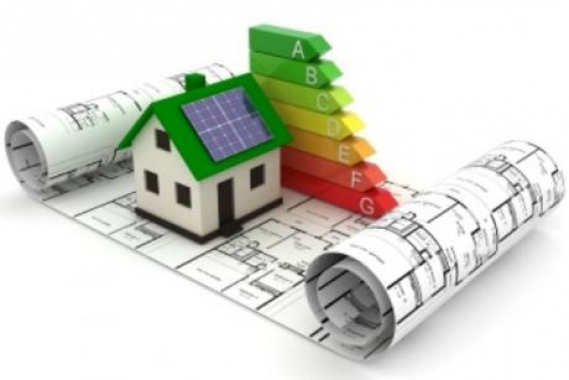Α positive business environment for refurbishment
An absolute need for adequate and affordable housing
Brussels, 14 May 2014 | Published in Economy
The value of energy efficiency investments and an opportunity that cannot be missed. This is the 6th part of our Manifesto to "Better Homes for a better Europe". We invite you to join our open discussion on Twitter using #HousingEP14
The situation in brief:
The value of energy efficiency investments has been proven from a societal perspective. Now we need to scale-up investment to reap the benefits of job creation and emission-reductions.
8% of EU citizens cannot pay their utility bills on a regular basis. At the same time buildings provide the second largest untapped and cost-effective potential for energy saving after the energy sector itself. In 2010 they consumed 41 % of Europe’s final energy consumption and 36 % of greenhouse gas emissions.
Our solution:
We, the social, public and cooperative housing sector, account for 12 per cent of the total housing sector in Europe or 25 million homes. We are confident that a large scale refurbishment of our existing stock is a clear win-win and can generate important co-benefits including health improvements and alleviation of fuel poverty.
This opportunity cannot be missed.
Read MoreCurrently however, the up-front costs of renovation are simply too high compared with the amount saved on energy bills. This means that investment is not profitable from a short-term financial perspective. This is also why profit-led Energy Service Companies (ESCO’s), private banks or investment funds do not find energy efficiency in housing attractive.
Furthermore, there is an issue with fragmented ownership, with 73.5 per cent of the EU-population owning or re-paying loans or mortgages on their homes, 42% living in flats and 23% in semi-detached houses. This makes it difficult to implement refurbishment works on a large scale. This is particularly the case for multi-apartment blocks where apartments are owned by individual households.
We could lead a market shift as fragmented ownership is not an obstacle to the same extent in the social, public and cooperative rental sector. What is necessary is finding the means to address the lack of available up-front investment and to handle the so-called split incentive problem (where owners often do not recover investment through lower energy bills).
A way forward could be to aggregate funding opportunities for energy efficiency in the social housing sector that are potentially available: European or national public grants, public loans, upfront investment through ESCO’s, part of the revenues of auctioning CO2-credits as part of the Kyoto-protocol or the EU emission trading scheme or even low-carbon bonds backed by the EIB.
Other instruments could be increased use of technical assistance (TA) and project development assistance (PDA). TA could be used to set up the hubs for low-carbon finance as a form of intermediary legal entities at the appropriate level. PDA could help develop project engineering and project financing to set up, for instance, an energy performance contract with an ESCO.
Bulgaria, for example, is actively working on policies to support ESCOs with the Bulgarian Energy Efficiency Fund (BgEEF) that was established in February 2004. It is a public-private for-profit entity, independent from any public or private institution and has the combined competences of a credit institution, a credit guarantee company and a consulting firm. It provides technical assistance to Bulgarian companies, municipalities and individuals in the development of investment projects in energy efficiency and then accompanies their financing, their co-financing or acts as guarantor to other financial institutions.
On top of that, applied research to develop low-cost technologies for the improvement of energy efficiency and renewable energies in the affordable housing sector should be continued. The research community needs to work more with affordable housing providers and SME’s to further develop ways to achieve high reduction of energy consumption with manageable investment costs. In this respect, behavioral aspects should play a larger role.